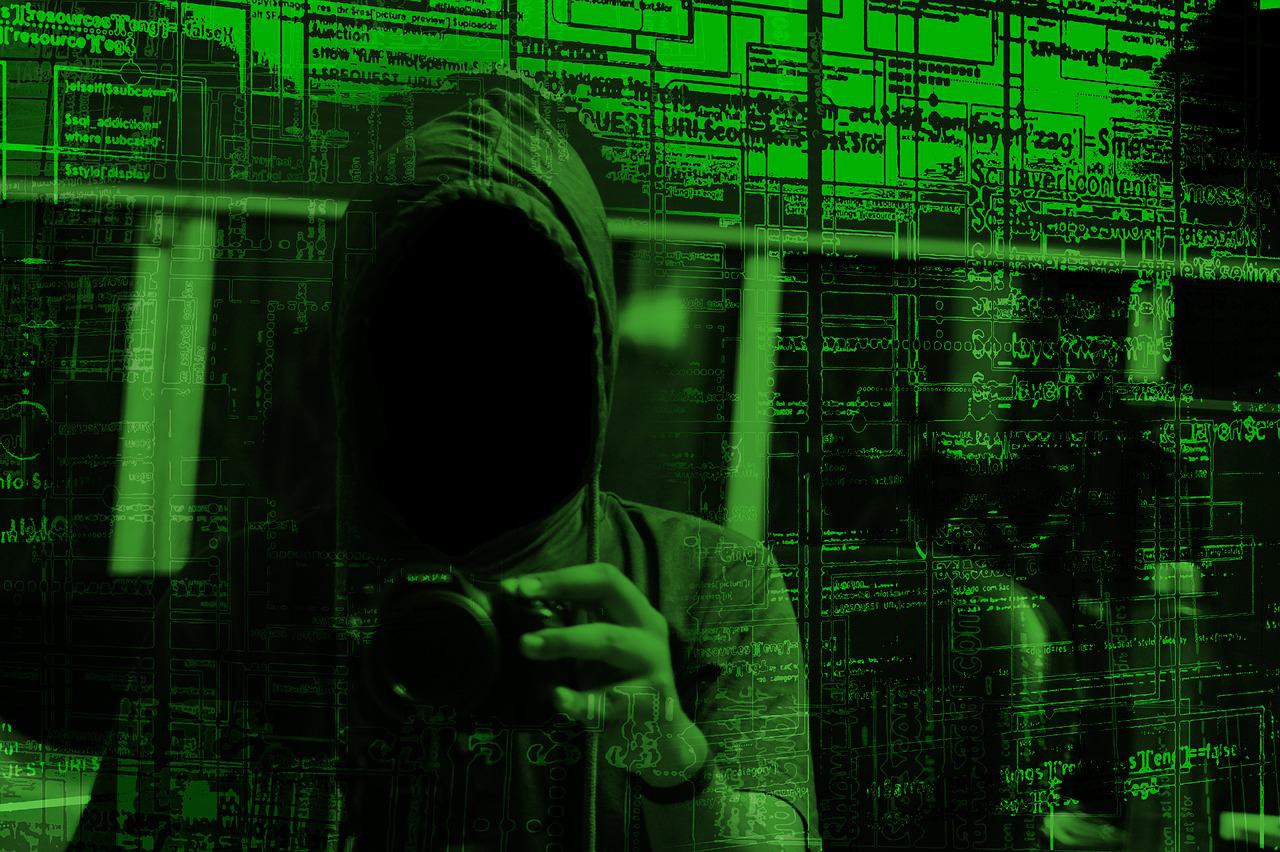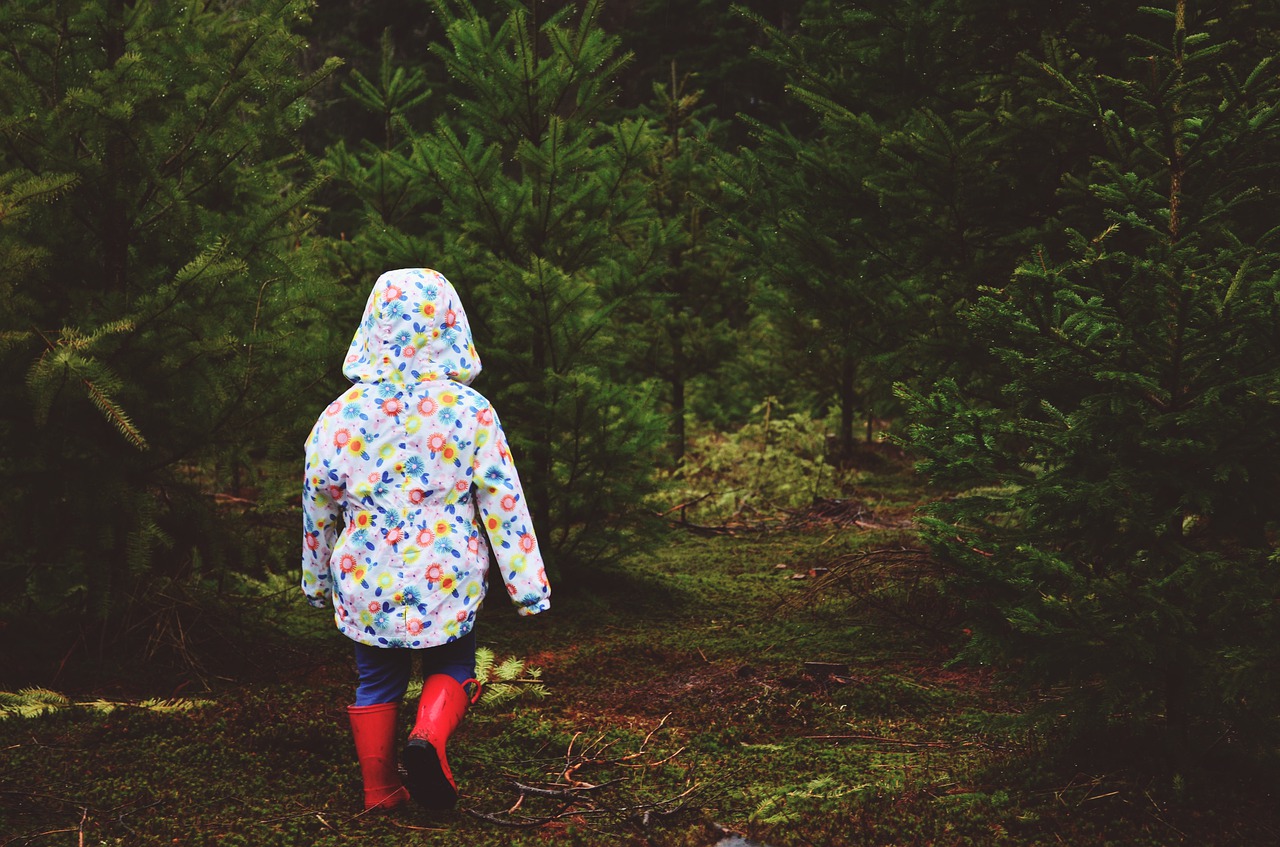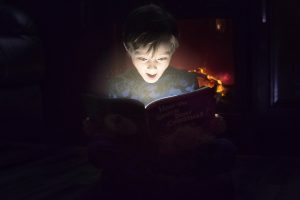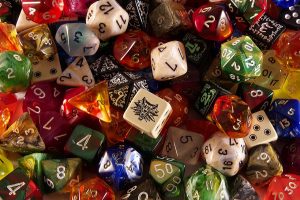Algorithms.
They’ve just become an accepted part of life, right?
Yet another thing putting adverts in front of our eyes trying to get us to buy more. That unseen force that compels us to add a photo to social media posts as “tax,” so more people see what we have to say.
They even often shape what and how we say what we say.
Take this post, for example. Like the vast majority of blog posts, I’ve tried to write it to make the algorithms happy. I’ve kept my sentences short and have used as much active speech as possible – anything to keep Yoast happy, right?
Twenty words or less per sentence, that’s the standard.
When you really think about it, it’s messed up, but it’s become our norm all the same.
Billions of voices all writing in lockstep with algorithms, all producing a product called content.
You know—that thing I’m doing right here with this post.
Algorithms as Demons
A while ago, I listened to an episode of a podcast called Team Human that discussed algorithms. It was an interesting conversation because it was taking a look at algorithms through the framework of demonology.
No one is saying algorithms are actually demons, of course. Just that, as Mark Pesce argues, algorithms share certain characteristics with demons, or at least a certain view of demons.
To quote the Medium essay I’m using to refresh my memory:
”What might you call a creature that feeds on your energy, knows your weaknesses, and can tamper with your emotional state in ways that compel you to act beyond your best interest? Centuries ago we might call this a demon. As algorithms are programmed to exploit humans in order to do their bidding, perhaps it’s time to interrogate the Faustian bargains we make each time we sign up, log in, and click thru.”

In an age of online occult influencers, this has become a helpful framework for me when navigating matters of authenticity and content. What do we lose when we tailor our content to appease the algorithms enough to be rewarded with virulence? When we aid the algorithms in their exploitation?
A Faustian bargain indeed!
Algorithms and Authenticity
Unfortunately, this bargain is a tough one to break. We live in an economy where the production of such content is often tied to the economic survival of the creator. And herein lies the biggest problem with the commodification of creativity: products are created for customers. Appease the algorithms and your work gets in front of more people. Appease the people, and hopefully that translates to dollars.
Those all-important dollars that keep a roof over your head, clothes on your back, and food on your table.
Those are some pretty hefty motivations, right? They’re downright existential.
But (and this is question I find myself returning to from time to time) what of authenticity?
Because here’s the thing about writing spiritual content (horrible term, but I’m going with it). It is, by its very nature, personal. It’s intimate and subtle in ways that blog posts about chimneys or recipes for cakes are not.
(Please, for the love of Sweet Baby West Virginia Jeebus, Karen, no one wants to read about your fifteen kids! Or your upholstery business. I get there are good reasons why you do this, but please, do the world a solid and add in-page links to the recipes? Sincerely, Everyone.)
Anyway, back to the topic.
For these reasons, one would always hope that content discussing spiritual matters comes from a place of authenticity within the creator. Except I don’t see how it can when survival for so many depends on increasingly getting caught in a trap of uniformity and writing to order vs giving voice to what’s actually in our souls.
But we’ve made our pacts, it’s time to make the best of it.
Walking the Balance
For me, creativity is a whole-making, inspirited thing, and the inspiration that fuels it, sacred. There’s almost an element of horror for me when I consider this issue. Because if creativity and inspiration can be spirit work (and for me, my various souls are also spirits in their own rights), then what of them in all of this? How do they dance with the algorithms?
At times, I think they dance well together. Sometimes the stories and ideas those spirits want to get out mesh well with the algorithms. Other times, that dance is hard. That line of appeasing algorithms and audiences can become a noose while remaining true to those stories and ideas.
Of course, none of that erases any of our existential needs. Bellies still need filling and bills still need paying.
The key then perhaps is being mindful of the dance and striving for balance.
According to Douglas Rushkoff, creator of Team Human, weirdness is our best weapon. So perhaps sprinkling in some authenticity by way of letting your particular brand of freak flag fly is the way to go? (But be careful to be authentic with your weirdness for that too can also be commodified. I know, I fucking hate this world for shit like this.)
Embrace your weird, talk about your fuck ups, be subversively human.
(Just remember to use the active voice and do it in twenty words per sentence or less.)
And if you can, don’t be afraid to ignore the current discourse du jour unless it’s something you actually care about.
Final Word
The purpose of this post wasn’t to make anyone feel bad. It was a call to my fellow authors and creators to think about that line where appeasement and authenticity meet in our work. There are plenty of other conversations to be had here too. Such as platforms and responsibility, social media and mental health, and honoring our comfort levels and authenticity while trying to make that cabbage. Today though, I wanted to talk about the dance we often find ourselves performing for the algorithms. It’s quickly paced and can be exciting at times, and it’s easy to get swept up—especially when people begin to copy you.
But don’t forget you have your own steps too. They also need to be danced if you want to keep yourself whole.






 focused more on practical matters as well as age-appropriate dissemination of knowledge. Because as John wisely said (and it bears repeating here): “Young children shouldn’t be burdened with troublesome projections about the future.”
focused more on practical matters as well as age-appropriate dissemination of knowledge. Because as John wisely said (and it bears repeating here): “Young children shouldn’t be burdened with troublesome projections about the future.” We sewed masks, traded supplies with our neighbors, and shared any and all tip-offs we got about where to find help and supplies.
We sewed masks, traded supplies with our neighbors, and shared any and all tip-offs we got about where to find help and supplies. environmental challenges to deal with as well.
environmental challenges to deal with as well. Membership in a religion can confer a host of benefits for a child. It can bring relationships and community. Religion can give children a sense of identity in which to anchor themselves. Depending on the religion in question, a child may even get to make decisions within ritual and possibly also gain a feeling of control. Participation in religious groups can also give a child the opportunity to engage in acts of generosity which can make them feel good. Religious communities often meet the physical needs of children too through their charitable programs. And finally, participation in rituals and holidays can help give a child a sense of routine and prove grounding.
Membership in a religion can confer a host of benefits for a child. It can bring relationships and community. Religion can give children a sense of identity in which to anchor themselves. Depending on the religion in question, a child may even get to make decisions within ritual and possibly also gain a feeling of control. Participation in religious groups can also give a child the opportunity to engage in acts of generosity which can make them feel good. Religious communities often meet the physical needs of children too through their charitable programs. And finally, participation in rituals and holidays can help give a child a sense of routine and prove grounding. For those of you who have never played RPGs (Role-Playing Games), they are a form of collective storytelling in which players and the person running the game imaginatively co-create story together.
For those of you who have never played RPGs (Role-Playing Games), they are a form of collective storytelling in which players and the person running the game imaginatively co-create story together. mythological themes (some of them particularly well researched) and can be an avenue for learning Pagan and Heathen mythologies.
mythological themes (some of them particularly well researched) and can be an avenue for learning Pagan and Heathen mythologies. chimney in place for reasons). I was the kid in homemade clothes with thrift store Christmas gifts bulking up the presents my parents scrimped and saved to get us all year. But although times were clearly not great for us then, my childhood isn’t some blot in my memory.
chimney in place for reasons). I was the kid in homemade clothes with thrift store Christmas gifts bulking up the presents my parents scrimped and saved to get us all year. But although times were clearly not great for us then, my childhood isn’t some blot in my memory.